Is Shopify Good For Beginners?
Discover why we think Shopify is great for beginners, with our 7 top reasons why you should pick the ecommerce platform for your business.

How Much Does Shopify Cost in the UK?
Choosing the right Shopify plan is crucial. We breakdown each plan and what’s included so you can make an informed choice.





How to add Schema markup to Squarespace
Find out how to add Schema Markup to your Squarespace website.

What is SEO, and why is SEO important?
In this post we’ll discuss what SEO is & Why it’s important?

How To Turn Off Google Ads Email Notifications
If you’ve ever managed a Google Ads, (formerly Google AdWords,) account then you have almost definitely received at least 1 email that looks a bit like this:

